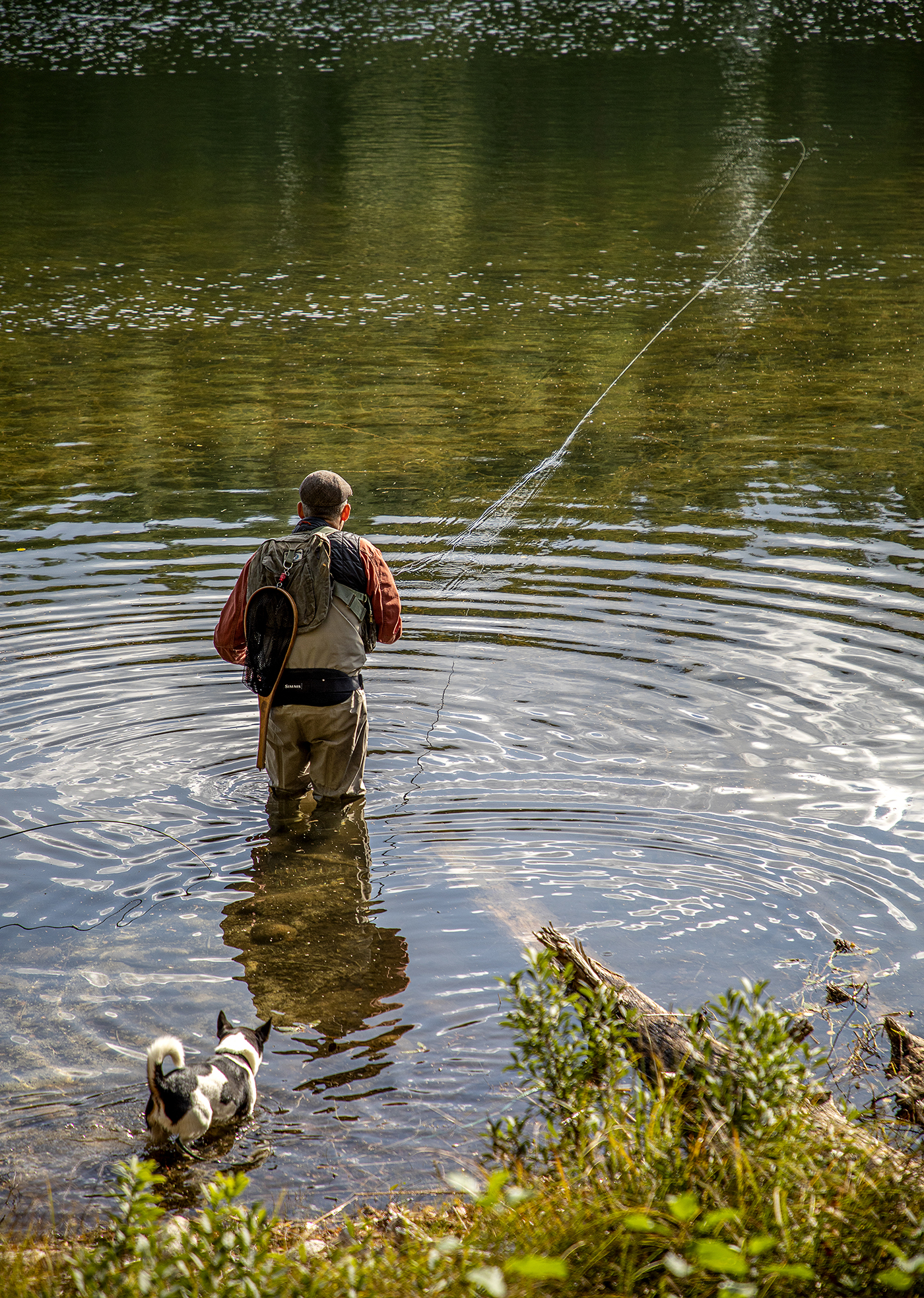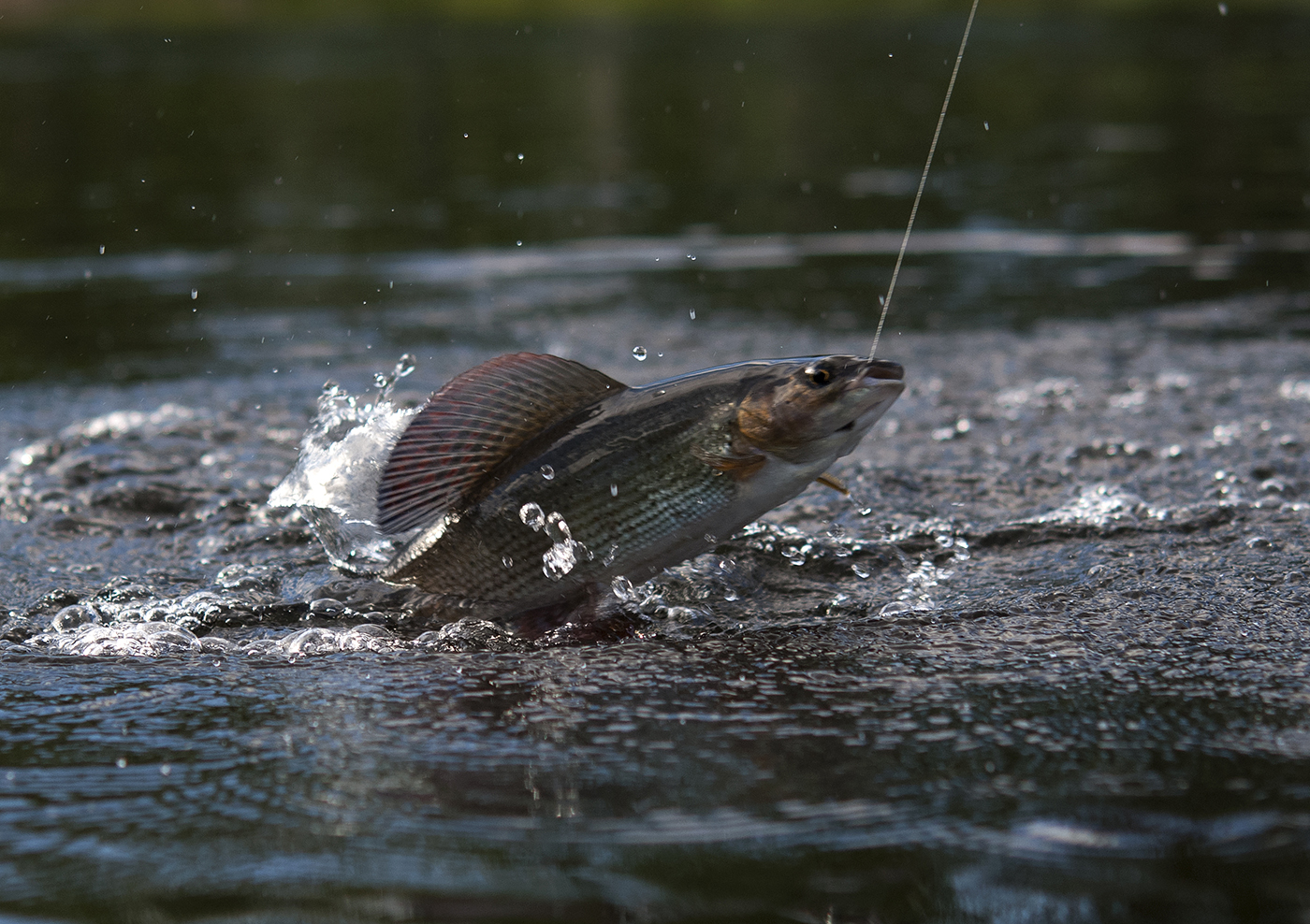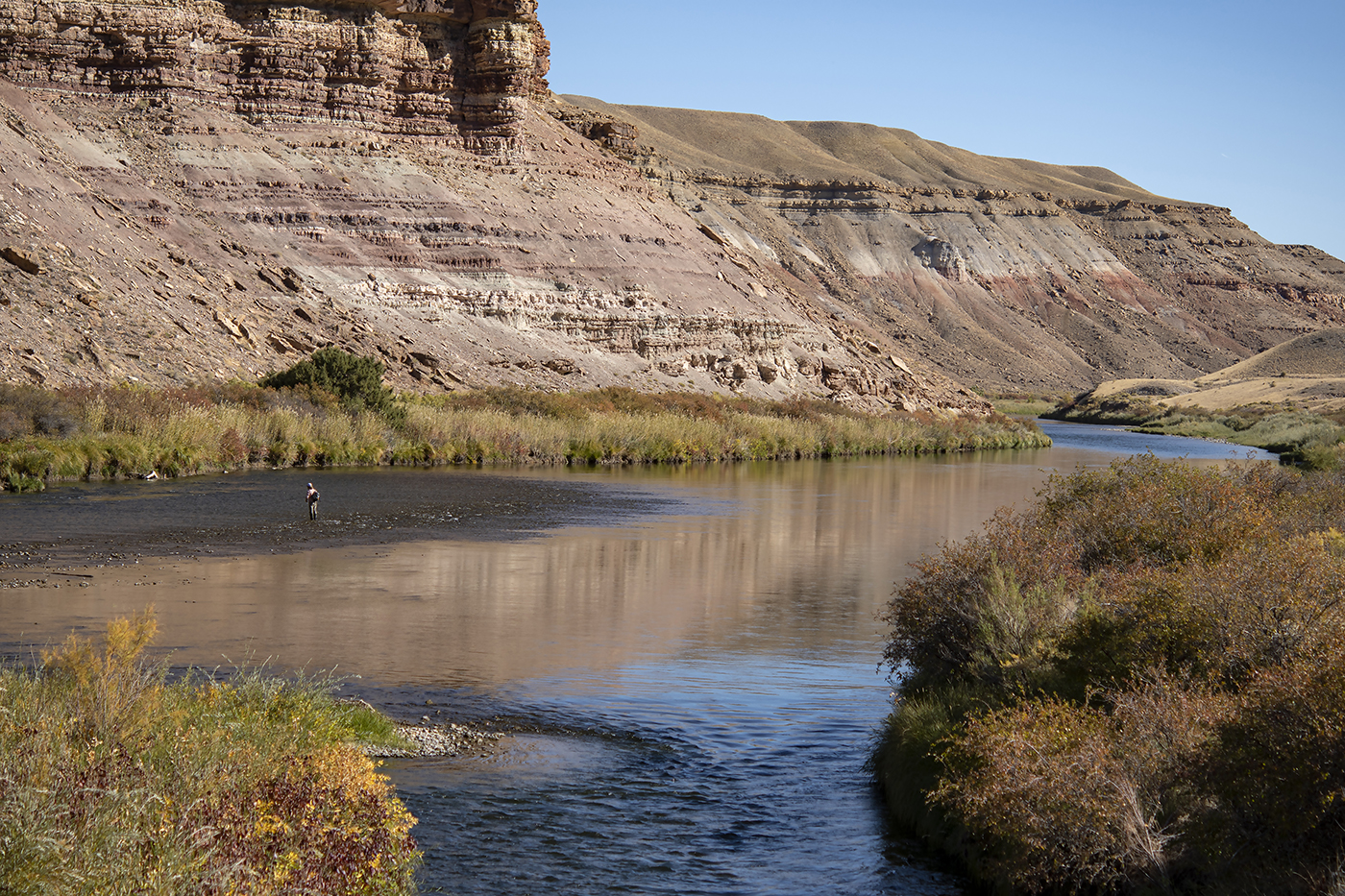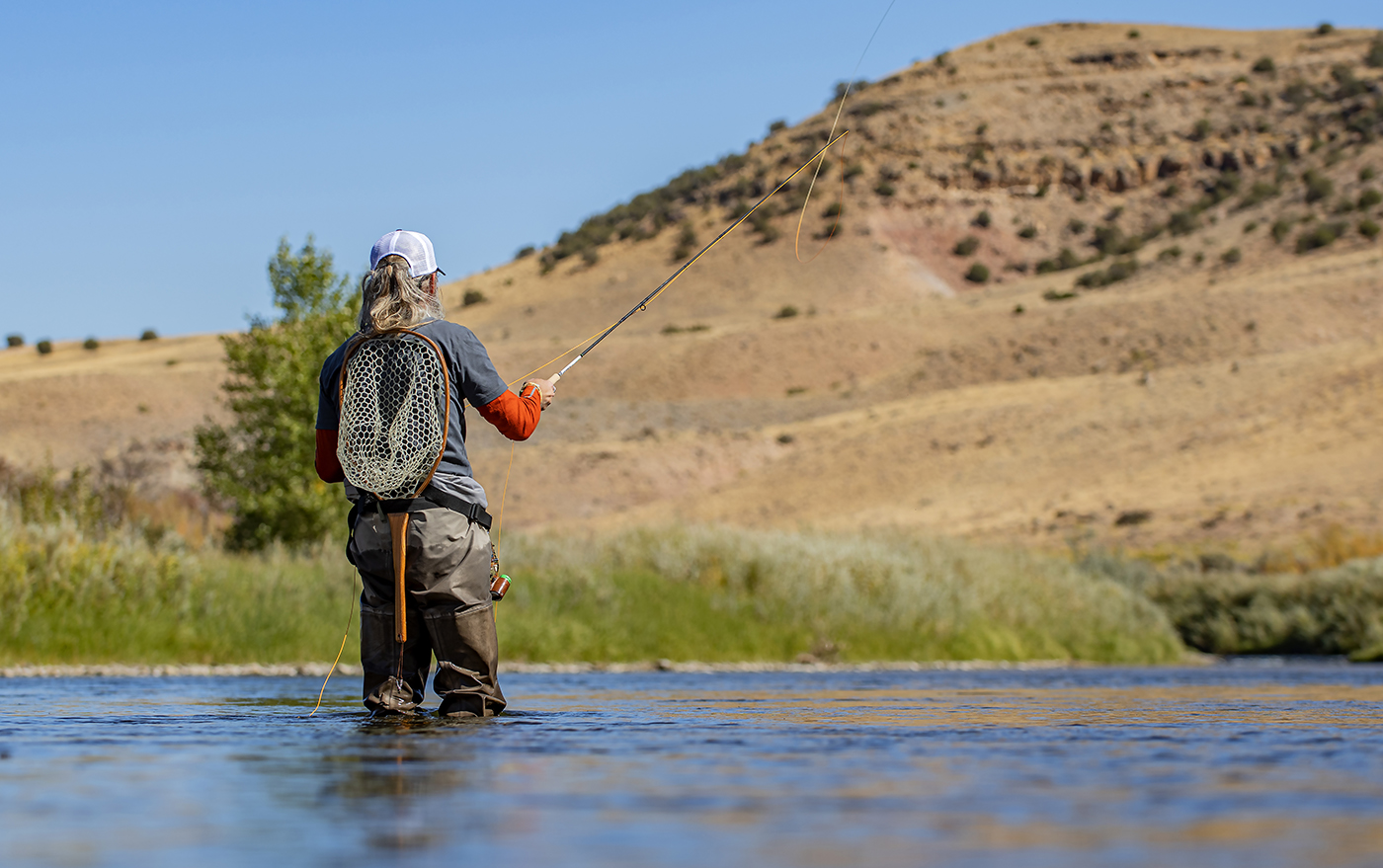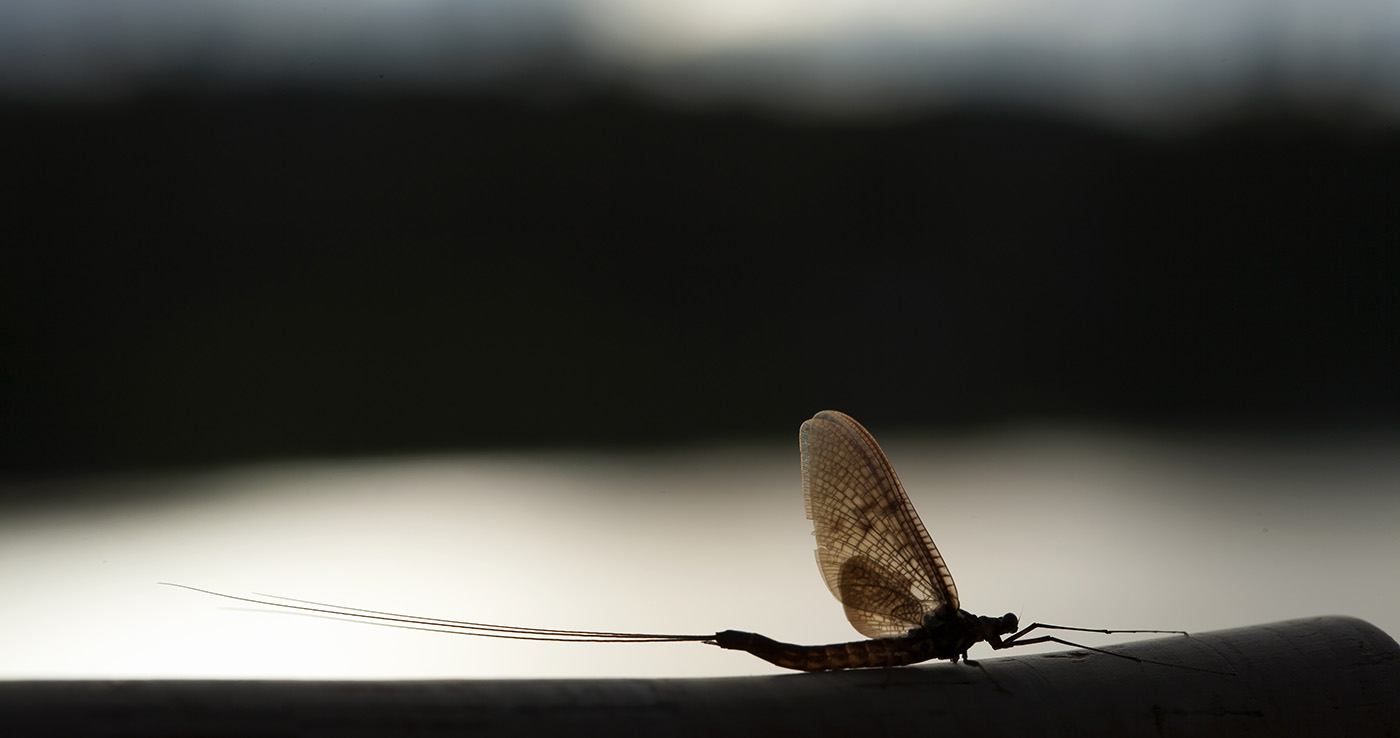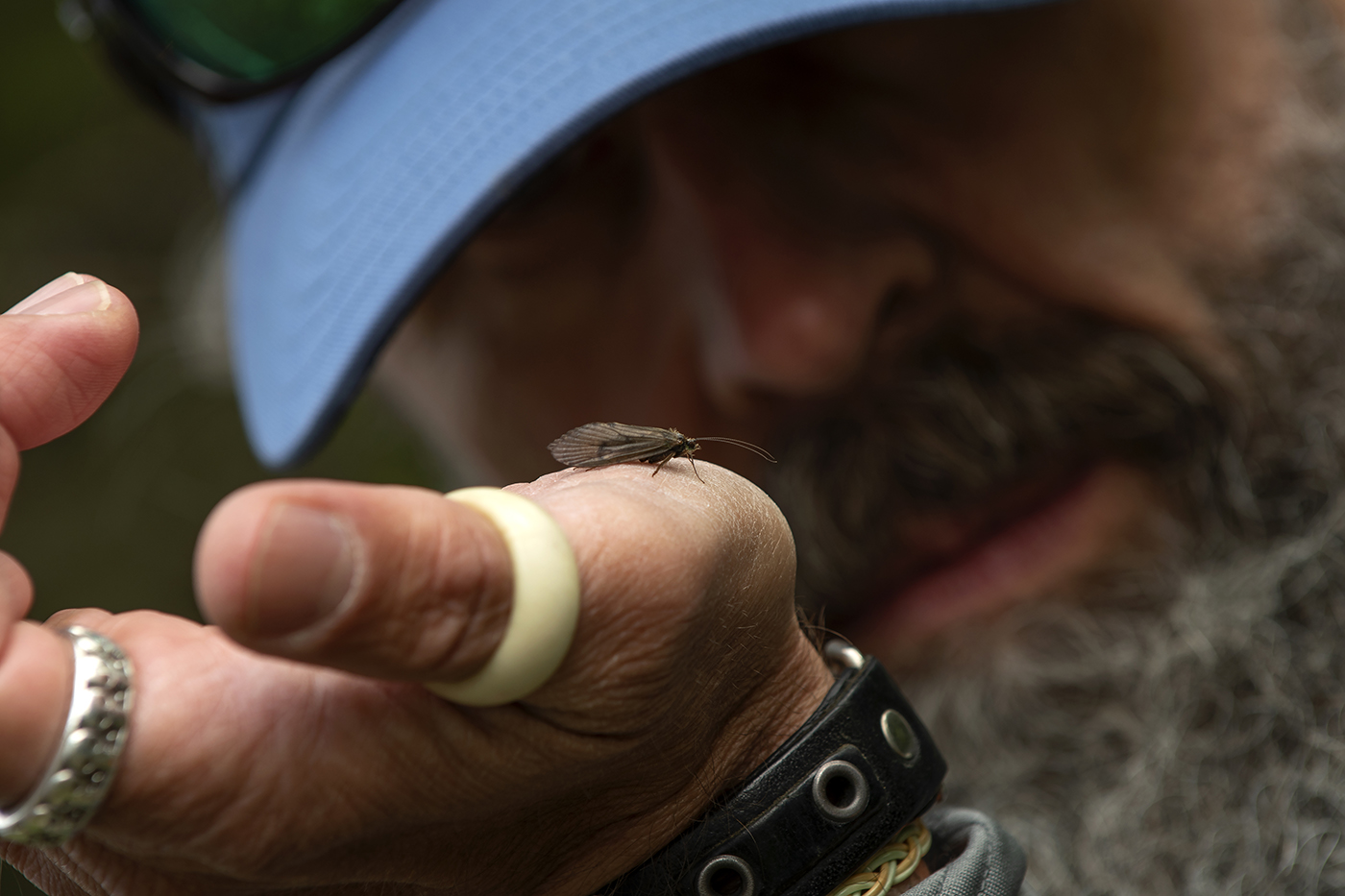
Two words for the same insect – an insect that is quite important to the trout- and grayling fisherman. In fact probably even more important than the mayflies since there are so many more species of caddis than there are mayflies. Like the mayflies they are important both as nymphs, emergers and adults and imitations are plentyful.

